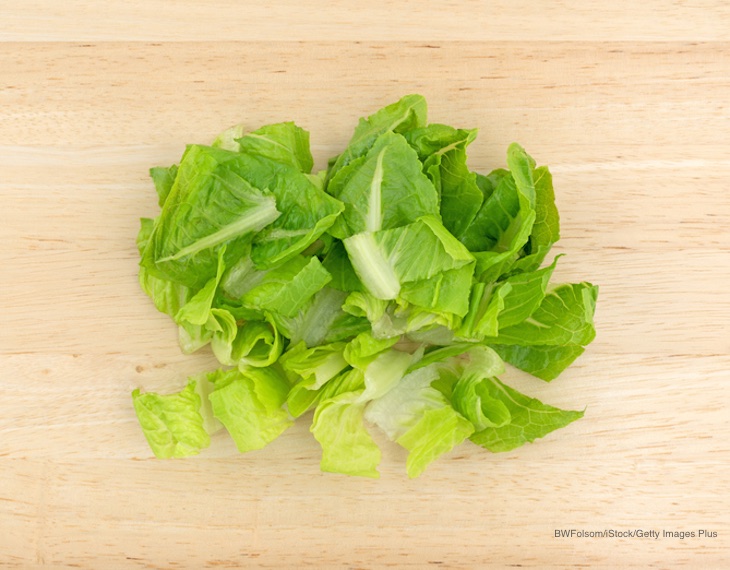The FDA has released its 2020 Leafy Greens STEC Action Plan after the E. coli O157:H7 outbreaks linked to romaine lettuce in the past few years sickened hundreds. In fact, in 2019 alone, there were three E. coli O157:H7 romaine lettuce outbreaks that sickened more than 170 people and hospitalized more than 85 patients.

Between 2009 and 2018, the FDA and the Centers for Disease Control and Prevention (CDC) identified 40 foodborne outbreaks of Shiga toxin-producing E. coli (STEC) infections in the U.S. with a confirmed or suspected link to leafy greens. This illness can cause serious and life-threatening complications, including hemolytic uremic syndrome (HUS), a type of kidney failure.
Part of the problem is the nature of leafy greens and especially romaine lettuce. Most are grown outdoors, where they are exposed to pathogens from irrigation water, animals, and soil. The romaine lettuce plant grows in a cup shape, which means that water can accumulate in the center of the plant, increasing the risk for contamination. And these products are grown raw, which means there is no cooking step that would kill pathogens.
The Produce Safety Rule under the 2011 Food Safety Modernization Act sets standards for testing water, soil amendments, food contact surfaces. This rule is supposed to make sure that these factors do not contributed to produce contamination. But the FDA is adding a commodity-specific action plan for leafy greens based on these outbreaks.
The FDA is pursuing advances in agricultural water safety, including a ruler for agricultural water for commodities other than sprouts, and enhancing inspection, auditing, and certification programs. Recent outbreaks have revealed gaps in audit standards that need to be bolstered. The FDA is prioritizing routine inspections and on-farm readiness reviews.
The FDA also wants to engage retailer and food service stakeholders on the role of strengthened buyer specifications, such as enhanced third party audits, traceability, and root cause analysis. In addition, they want to increase awareness of adjacent and nearby land use, including livestock production, since cows are a reservoir for E. coli. More leafy green testing is on the table. Approval of irrigation water sanitizers may move forward. And they want to improve communications between the FDA, farmers, and other stakeholders.
Response to this plan has been mixed. Consumer Reports says that the safety plan has promise but doesn’t provide enough details. And the plan does not involve any regulation and doesn’t fast track water testing rules, which are critical to this issue. Those water testing rules, which might have had an effect in the last few outbreaks, were supposed to start in 2018, but they have been postponed until 2022 at the earliest.
We’ll see if FDA actions have any effect, because the growing season for romaine lettuce is now underway in Arizona, and the California growing season is coming up. Meanwhile, people who are at high risk for serious complications from food poisoning should think about avoiding leafy greens unless they are cooked. That includes older adults, young children, pregnant women, those with chronic illnesses, and anyone with a compromised immune system.




